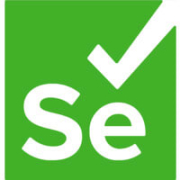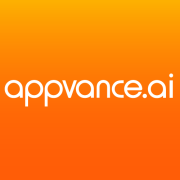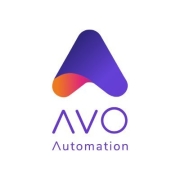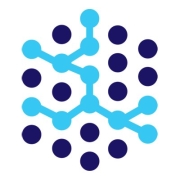Regression Testing Tools ensure software updates do not introduce new errors by routinely retesting systems. They validate code changes and maintain system integrity.
By automating test cases, Regression Testing Tools streamline the quality assurance process, significantly reducing the time needed for testing. They help identify potential risks by continuously monitoring software performance after changes, ensuring that recent updates do not impact existing functionalities negatively. This leads to faster development cycles and enhanced software reliability, which is crucial for agile teams.
What features should you look for in Regression Testing Tools?Regression Testing Tools are widely used across industries like finance and healthcare to ensure compliance with regulatory standards. These sectors require meticulous software accuracy due to their impact on financial transactions and patient care. By implementing these tools, businesses can ensure strict adherence to industry regulations and deliver robust software solutions.
Organizations find Regression Testing Tools essential for maintaining software quality and stability. They enable teams to focus on innovation while ensuring existing features remain unaffected by new code, contributing to reliable and efficient software development practices.
| Product | Market Share (%) |
|---|---|
| Tricentis Tosca | 26.2% |
| Katalon Studio | 14.5% |
| OpenText Functional Testing | 14.4% |
| Other | 44.9% |


































There are four primary techniques that developers can use when they are running regression tests. Developers can choose the technique that is most appropriate for their particular situation.
Regression testing and user acceptance testing (UAT) are different testing protocol types that are conducted at totally different points of the application development process. UAT is a testing protocol that runs the initial testing, while an application is under development. This is the testing that takes place prior to an application reaching its intended end user. UAT takes place before users ever see the end product. Regression testing is conducted after the product has already been rolled out and used. User data can play an important role in the regression testing process.
In order for applications to adapt to the constantly changing technical world, they need to be upgraded. This can come with risks, as patches could introduce code to the application that interferes with what is already there. Upgrades might negatively impact the performance of the application’s features. Developers conduct regression tests to spot and resolve such issues before they impact the application’s users.
There are several basic types of regression testing methods. These methods include:
1. Corrective regression testing is used when no changes have been introduced in the product’s specification of the product. Existing test cases can be used to retest the product.
2. Selective regression testing analyzes the impact of the new code on the existing software. Selection regression testing is conducted before any new code is introduced to the product. This kind of testing uses a subset of the test case that already exists, reducing the cost of retesting.
3. Progressive regression testing is used when the application developers come up with new testing cases or when changes have been made to the application’s specifications. This ensures that the changes to the application don’t hinder the functioning of the features that are already a part of the application.
4. Partial regression testing is conducted any time users have added code to their already existing code. The purpose of these tests is to make sure that the application continues to function as it did previously despite the addition of new code.
There are a number of features that should be part of the designs of effective regressive testing tools. These features include:
Application developers can benefit in many different ways if they choose to employ regression testing tools. These benefits can include:
Regression Testing Tools significantly enhance software quality by automating repetitive test cases, ensuring that recent code changes do not adversely affect existing functionality. They save time and resources, allowing you to focus on more critical tasks. By consistently identifying issues early in the development cycle, these tools help maintain a stable and reliable product.
What features should I look for in a Regression Testing Tool?When selecting a Regression Testing Tool, consider features like ease of integration with current systems, compatibility with multiple platforms, thorough reporting capabilities, and support for a wide range of scripting languages. Look for tools offering parallel testing and efficient resource utilization to facilitate quicker testing cycles.
What are the benefits of automated Regression Testing Tools over manual testing?Automated Regression Testing Tools offer several advantages over manual testing. They provide higher accuracy by eliminating human errors, execute tests more rapidly, and are more cost-effective in the long run. Automation allows you to test more extensively in less time, increasing test coverage and productivity.
Can Regression Testing Tools integrate with CI/CD pipelines?Yes, most modern Regression Testing Tools are designed to easily integrate with CI/CD pipelines. This integration ensures that testing becomes a part of the development workflow, facilitating continuous testing. By automatically running regression tests following each code commit, you can detect and address issues promptly.
How do you select the right Regression Testing Tool for a specific project?Selecting the right Regression Testing Tool involves evaluating your project's specific needs and requirements. Consider factors such as team expertise, budget, application technology stack, and desired features. Research various tools, read user reviews, and conduct trial runs to determine the best fit for your project.